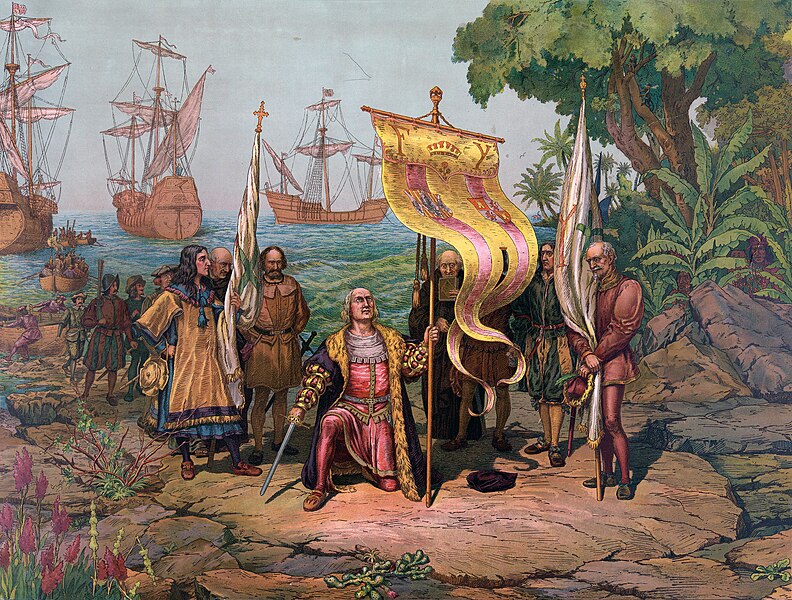Hello ladies and gents this is the Viking telling you that today we are talking about

DOMINICAN REPUBLIC HISTORY

The recorded history of the Dominican Republic began when the Genoa-born navigator Christopher Columbus, working for the Spanish Crown, happened upon a large island in the region of the western Atlantic Ocean that later came to be known as the Caribbean. It was inhabited by the Taíno, an Arawakan people, who variously called their island Ayiti, Bohio, or Quisqueya (Kiskeya).
Columbus promptly claimed the island for the Spanish Crown, naming it La Isla Española ("the Spanish Island"), later Latinized to Hispaniola. What would become the Dominican Republic was the Spanish Captaincy General of Santo Domingo until 1821, except for a time as a French colony from 1795 to 1809. It was then part of a unified Hispaniola with Haiti from 1822 until 1844. In 1844, Dominican independence was proclaimed and the republic, which was often known as Santo Domingo until the early 20th century, maintained its independence except for a short Spanish occupation from 1861 to 1865 and occupation by the United States from 1916 to 1924.
Arrival of the Spanish
Christopher Columbus reached the island of Hispañola on his first voyage, in December 1492. On Columbus' second voyage in 1493, the colony of La Isabela was built on the northeast shore. Isabela nearly failed because of hunger and disease. In 1496 Santo Domingo was built and became the new capital. Here the New World's first cathedral was erected, and for a few decades, Santo Domingo was also the administrative heart of the expanding empire. Before they embarked on their prosperous endeavors, men like Hernán Cortés and Francisco Pizarro lived and worked in Santo Domingo.
Caonabo, the cacique, (leader or chief), of Maguana, one of five Taino geographical divisions on Hispaniola, attacked Columbus on January 13, 1493. Shooting arrows and wounding a few Spaniards, the Tainos halted the invaders' collection of provisions for Columbus's return trip to Spain. Caonabo struck again when his forces attacked and burned a fort built by Columbus, killing forty Spaniards. During the last trip of Christopher Columbus, in 1495, the Taino leader Guarionex, supported by Caonabo and other Taino leaders, staged the Battle of La Vega Real against the Spanish in 1495. But while more than ten thousand Tainos fought against the Spanish, they succumbed to the power of the Spanish weaponry.
When Guarionex attacked the Spanish again, in 1497, both he and Caonabo were caught by the Spanish and both shipped to Spain; on the journey Caonabo died—according to legend, of rage—and Guarionex drowned. His wife, Anacaona, moved to the Xaragua division, where her brother, Bohechio, was cacique. After Bohechio's death, she became cacique and subsequently extended refuge and assistance to runaway enslaved Tainos and Africans.
One hundred thousand Tainos died from 1494–1496, half of them by their own hand through self-starvation, poison, leaps from cliffs, etc. The conquistador-turned-priest Bartolomé de las Casas wrote an eyewitness history of the Spanish incursion into the island of Hispaniola that reported the conquistadors' almost feral misconduct:
Into this land of meek outcasts there came some Spaniards who immediately behaved like ravening wild beasts, wolves, tigers or lions that had been starved for many days. And Spaniards have behaved in no other way during the past forty years, down to the present time, for they are still acting like ravening beasts, killing, terrorizing, afflicting, torturing, and destroying the native peoples, doing all this with the strangest and most varied new methods of cruelty.
And as always have a chilled day from the Viking.
Comments
Post a Comment